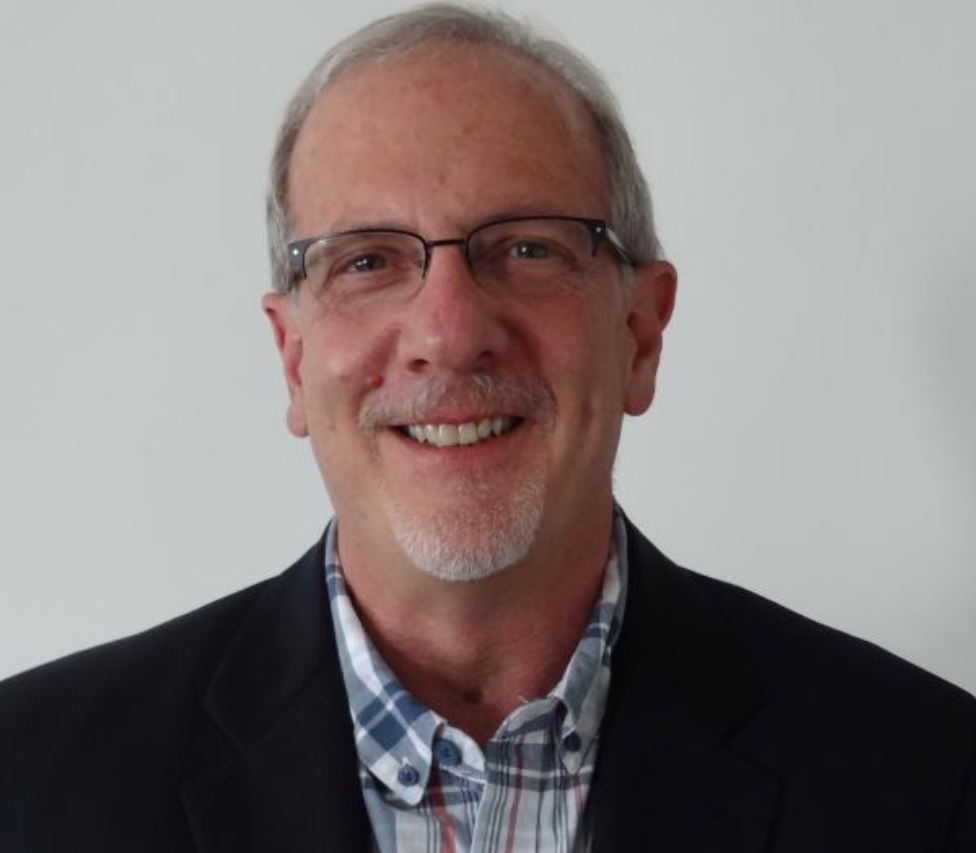The head of the biomedical engineering department at City College, Dr. Mitchell Schaffler, describes the department as “very research intensive.”
Every faculty member is pursuing active research.

Dr. Mitchell Schaffler
“We’re dealing with problems that are maybe five years out from going into patients, maybe 10 years out,” Schaffler said. “But there’s clearly a disease focus, we’re not focused on fundamental molecular mechanisms. It’s not the kind of research we do which tends to be very applied.”
Faculty research extends far beyond CCNY facilities. Before there was a biomedical engineering department at CCNY, there was the New York Center for Biomedical Engineering Department (NYCBE). Faculty from the college would partner with research medical centers to conduct their research in their labs.
Although this relationship was established more than 30 years ago and the Grove School of Engineering has since established a biomedical engineering department, the NYCBE still works closely with faculty in the biomedical engineering department at The Grove School of Engineering.
Partners of NYCBE include the Memorial Sloan-Kettering Cancer Center and the Mount Sinai School of Medicine.
Most of the research in the biomedical engineering department is funded by the National Institutes of Health. Funding also comes from the National Science Foundation, the Department of Defense and the Defense Advanced Research Program.
Schaffler divides the department into four concentrations: cardiovascular engineering, neural engineering, musculoskeletal engineering and biomaterials and nanotechnology. He emphasizes that some research includes collaboration from multiple departments.
The cardiovascular department consists of Dr. Luis Cardoso and Dr. Bingmei Fu.
Cardoso conducts research on atherosclerotic plaques, the areas of hardened arteries that are vulnerable to rupturing and causing sudden and sometimes fatal heart attacks.
Fu’s research looks at ways to manipulate the Blood Brain Barrier, the filtration system in the brain’s capillaries that prevents molecules from entering the brain. Fu looks at ways to manipulate the Blood Brain Barrier to change permeability for a short period so that the molecules from the medication would be able to penetrate the brain.
Drs. Lucas C. Parra, Jacek Dmochowski and Marom Bikson are all part of the neural engineering department.
Parra is interested in how brain engineering and imaging techniques can be used to better understand how the brain handles information processing, association and cognition.
Dmochowski has a similar interest but studies different parts of the brain in rodent systems to map integrated thought processes using experimental models.
Bikson’s research focuses on using electrical currents and small levels of direct current stimulation to modify nervous systems in the brain therapeutically, signaling mood disorders. He is one of the few researchers in the field of neuromodulation, which says one can use small amounts of electricity or small amounts of magnetic fields to alter the brain positively.
The musculoskeletal engineering research team comprises Schaffler and Drs. Alessandra Carriero and Christopher Fritton.
Schaffler’s research deals with fatigue in skeletal tissue. The human body experiences wear and tear through walking, running and even taking too much oxygen into the body. This can change the chemistry of the connective tissue in the body, but the body has molecular and cellular repair mechanisms that can deal with the damage.
Carriero studies how genetic diseases affect bone and connective tissue, particularly ligaments, fibrous tissues that connect bones and provide stability to joints. Her work attempts to understand how genetic disorders impact the ability of the body to assemble the organic components of bone.
Fritton studies the transport phenomena within the bone, particularly fluid flow movement. Despite its appearance, bone is a dynamic tissue, with blood vessels and cells embedded within. Fritton focuses on understanding the minuscule fluid flow inside the bone. This flow is essential to transport nutrients, oxygen, and waste products.
In the biomaterials and nanotechnology concentration are Drs. Steven Nicoll, Ryan Williams and Sihong Wang.
Nicoll’s research looks at reconstructing damaged tissue with material that can be used to fix defects. He works with a compound called hydrogels, derived from cellulose. Nicoll has one modified cellulose that can be used in ophthalmologic surgery — if a patient has an injury to the eye and the part of the eyeball that holds the vitreous humor, the gel between the lens of the eye and the retina begins to collapse, and the cellulose can be used to restore the collapsed side wall.
Williams is working on creating new materials, particularly nanoparticles that can be used to carry and deliver drugs to specific targets within the body. Most of his research involves developing biosensing molecules that can measure tiny amounts of pathological protein in serum samples and potentially animals and humans.
Wang’s research is focused on cancer therapeutics and microdevices for diagnostic purposes. She’s working on a system in collaboration with the Memorial Sloan Kettering Cancer Center for high throughput screening (HTS) of chemotherapeutic sensitivity for cancer cells and cancer biopsies, meaning a particular tumor or cancers that are sensitive to a particular drug.

Malina Seenarine is a recent graduate of Baruch College where she studied journalism and minored in theater. In addition to writing for The RICC, she’s a contributor for Baruch’s award-winning Dollars & Sense Magazine and wrote for the arts and news section of Baruch’s student-run newspaper, The Ticker. She’s also written for FSR magazine.